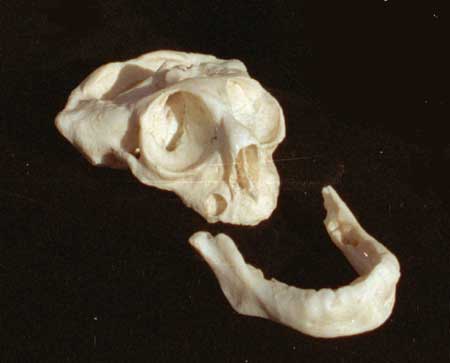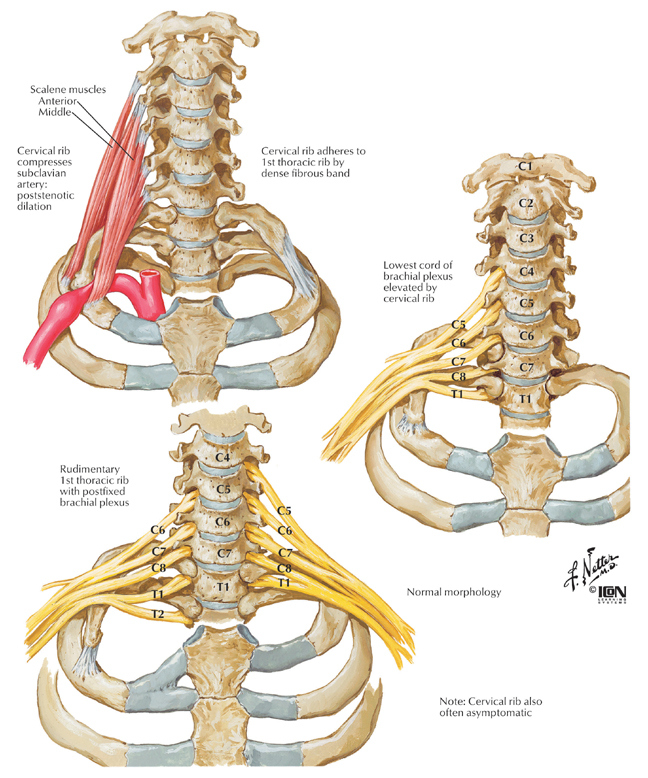There is a wide array of defects that are the result of some sort of developmental perturbation. Such abnormalities are referred to as developmental defects or congenital abnormalities. A congenital disease/abnormality suggests its presence at birth, however, its manifestations are not always present at birth and it may take some time for them to visibly manifest themselves in an individual (Ortner, 2003). There is a great deal of variation in the severity and visibility of developmental defects. Developmental defects range from being benign skeletal anomalies unknown to their possessor (e.g., sternal foramen, extra pair of ribs) to more visible and possibly crippling, at times fatal, deformities (e.g., anencephaly, dwarfism, conjoined twins). The more severe abnormalities are typically the result of a problem in embryological development and are associated with defects in the formation of other organs that are incompatible with prolonged postfetal life (Ortner, 2003). The less serious malformations are usually due to the failure of closure of fetal clefts or suppression of a portion of the skeletogenic mesenchyme.
Examples of Congenital Abnormalities
Featal cranium displayhing anacephaly





